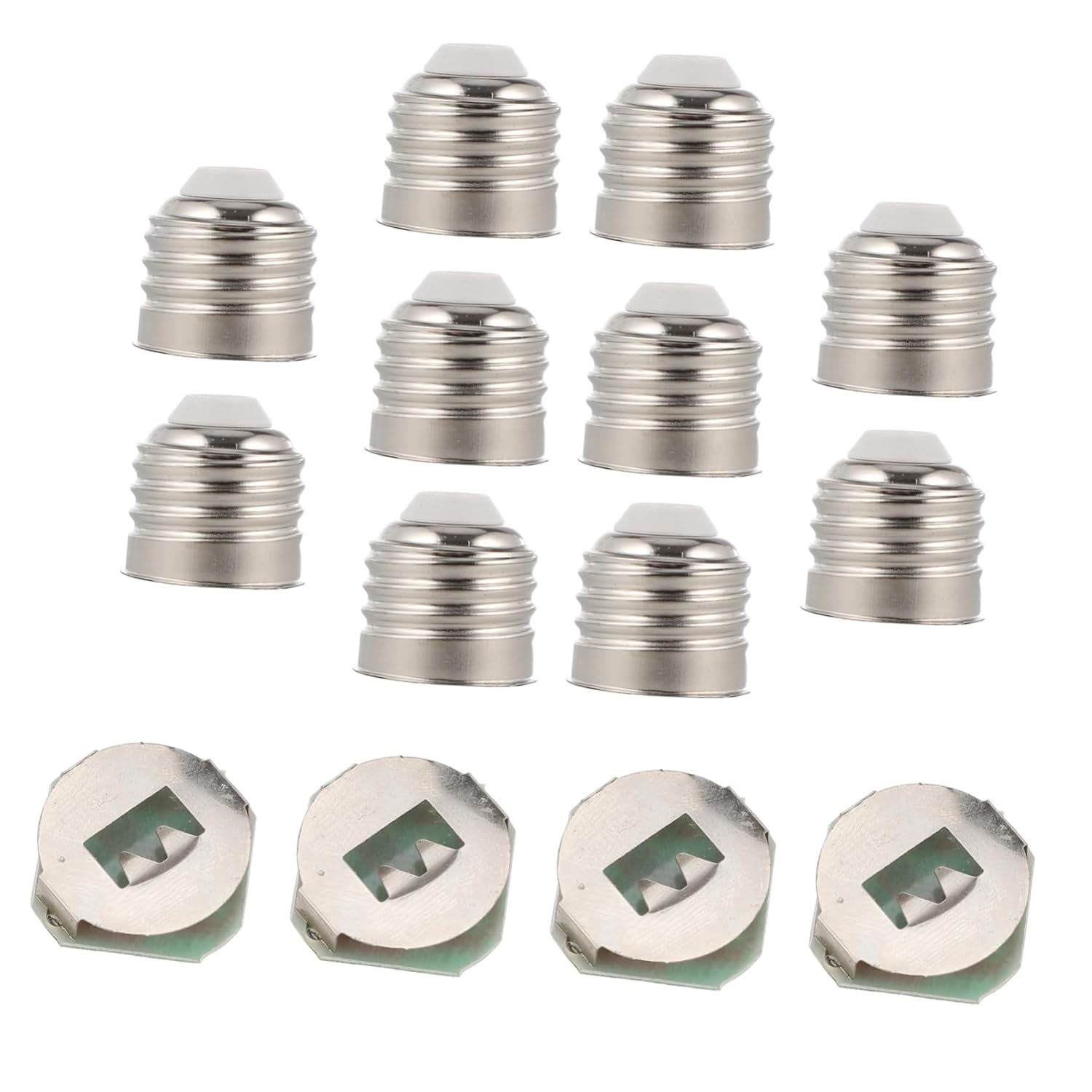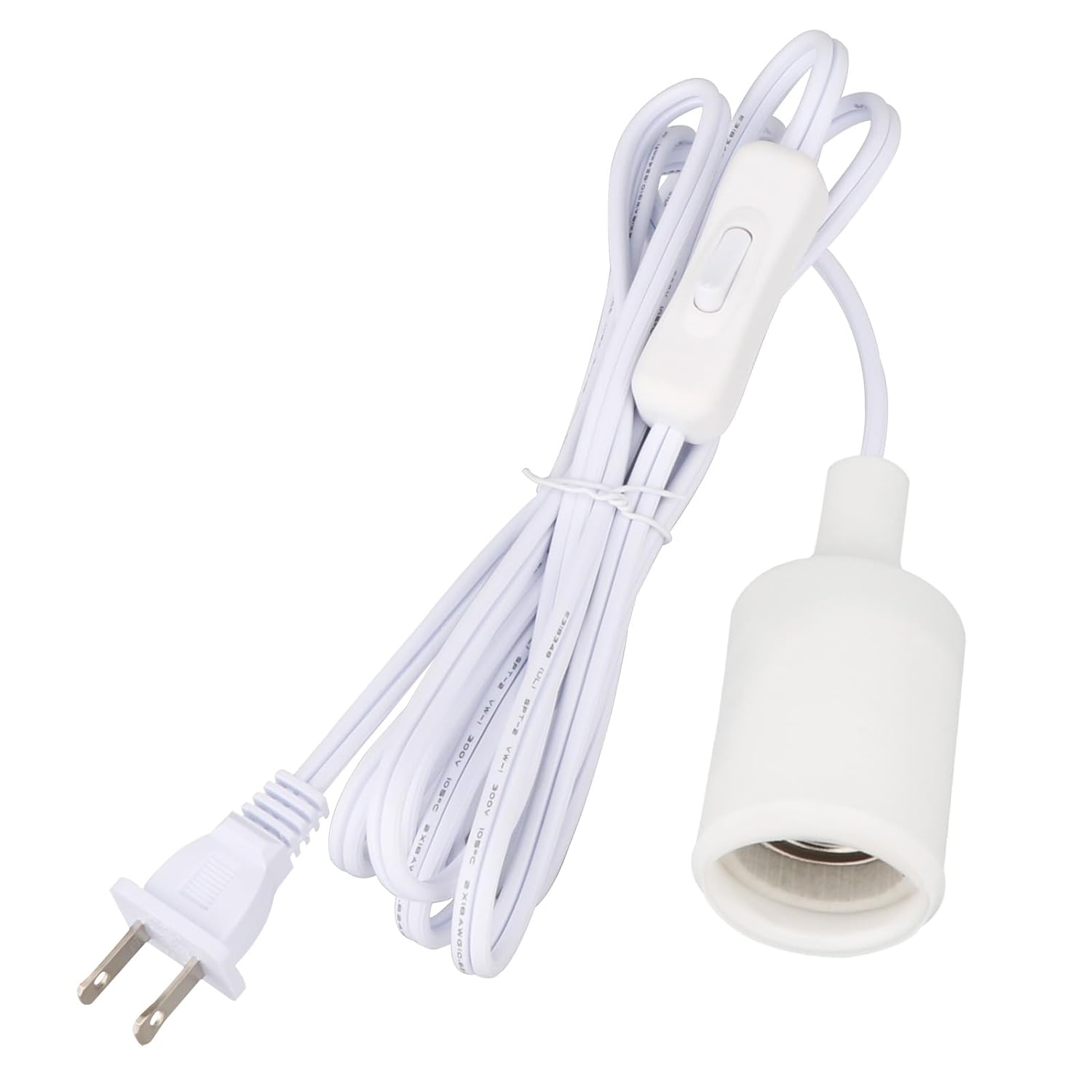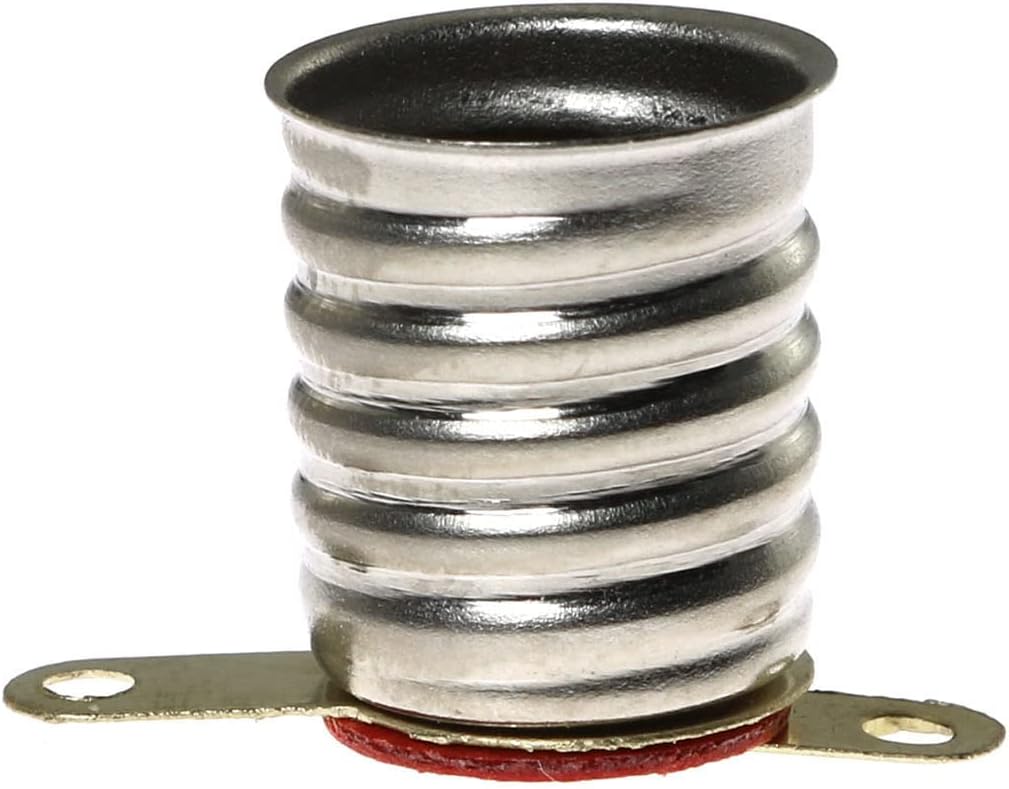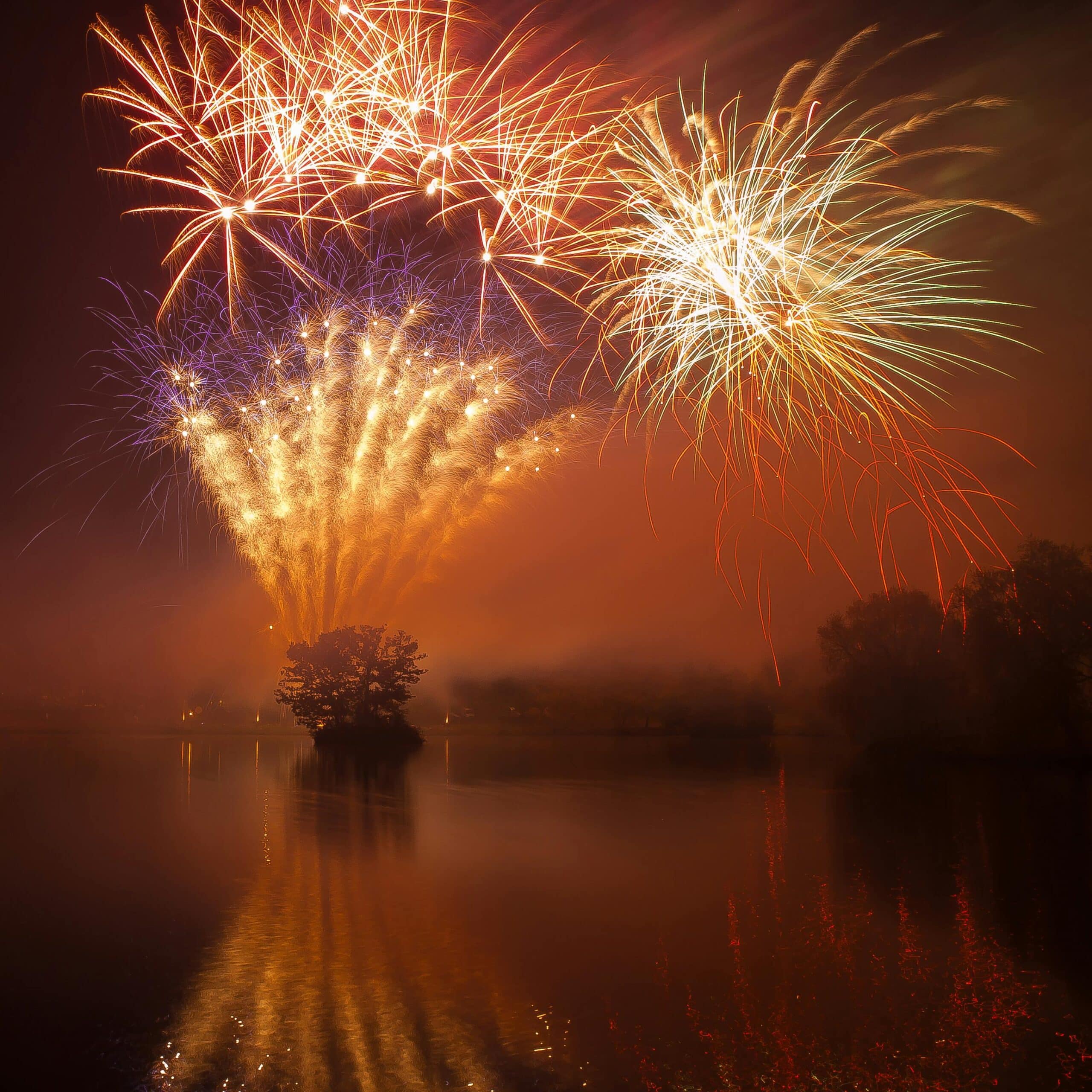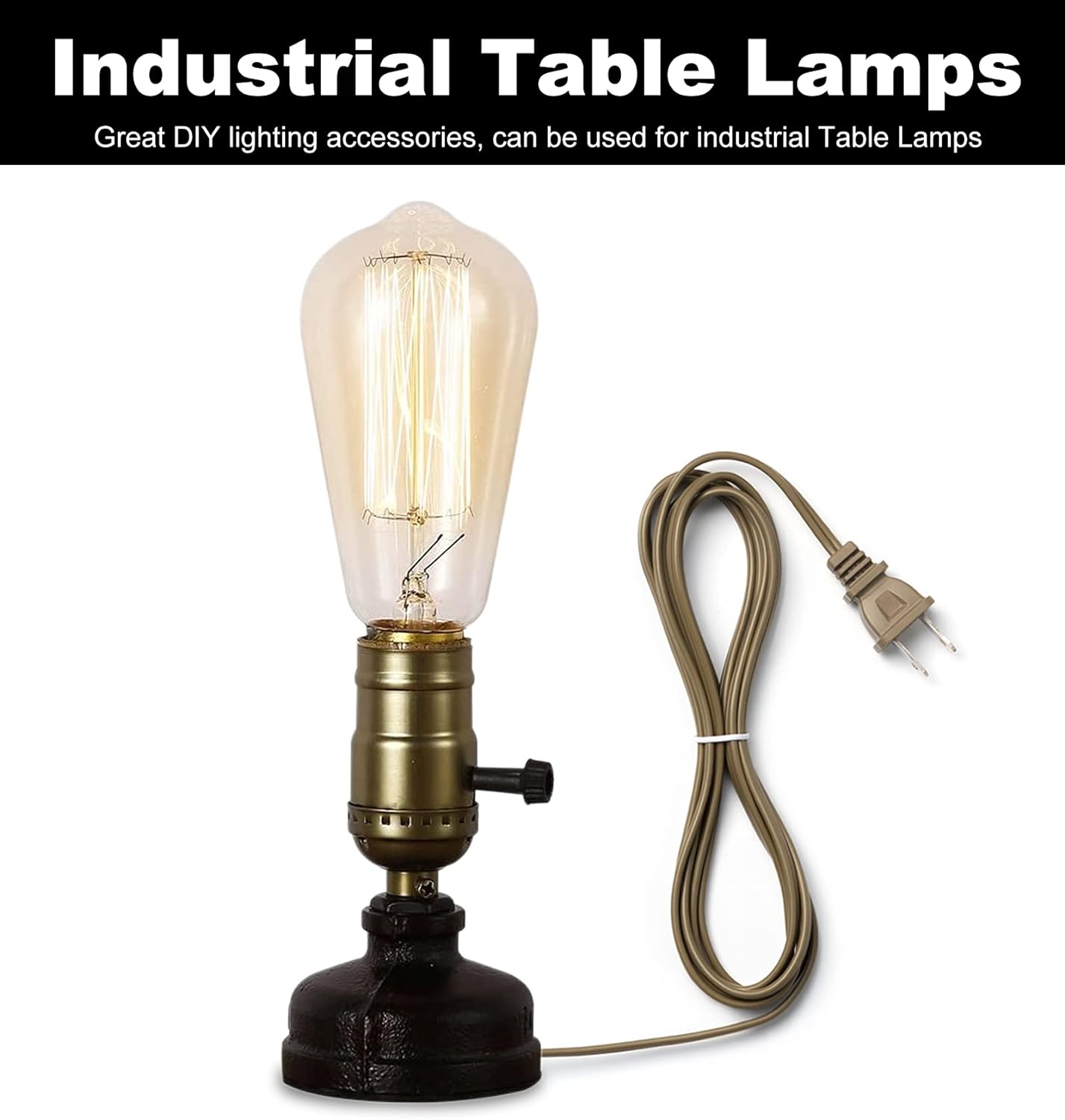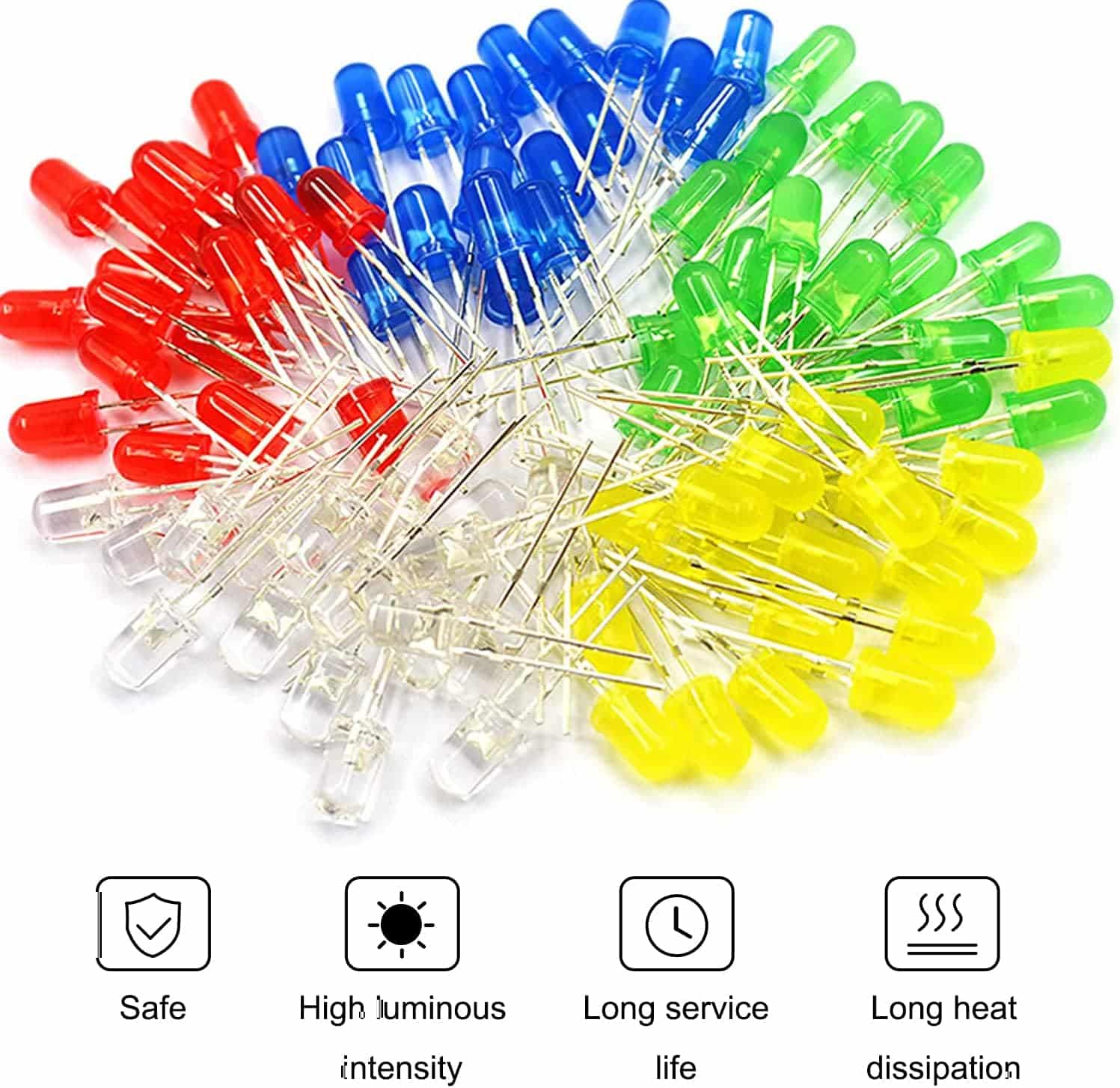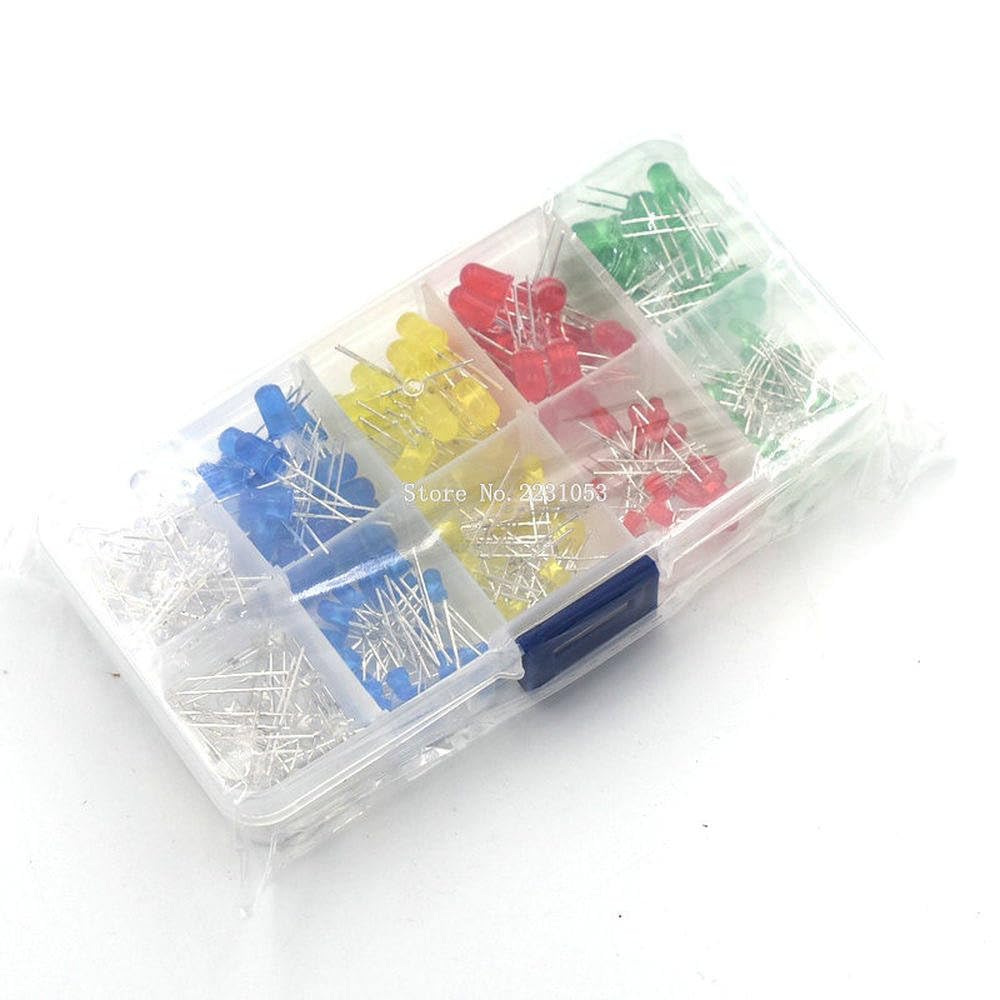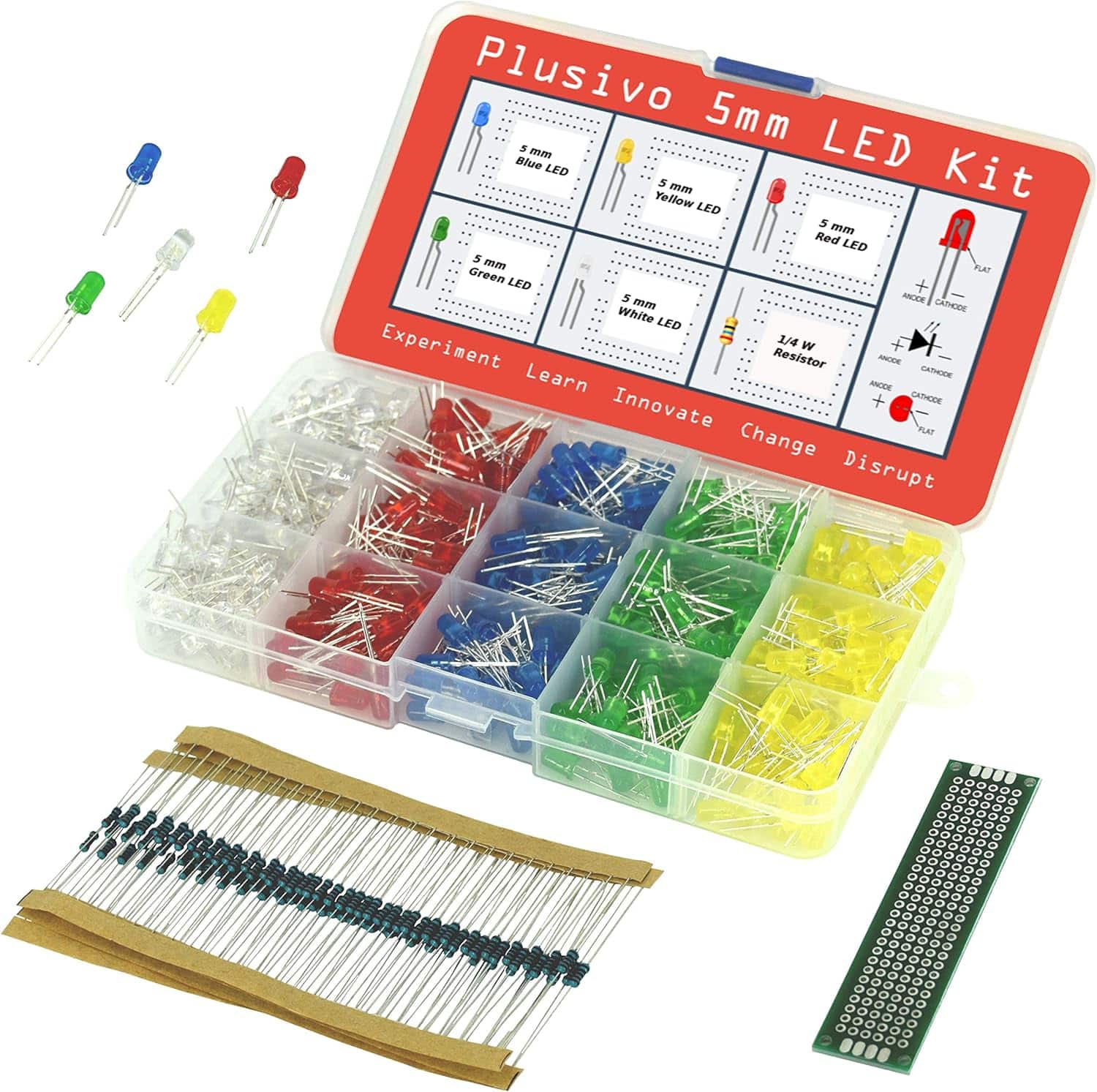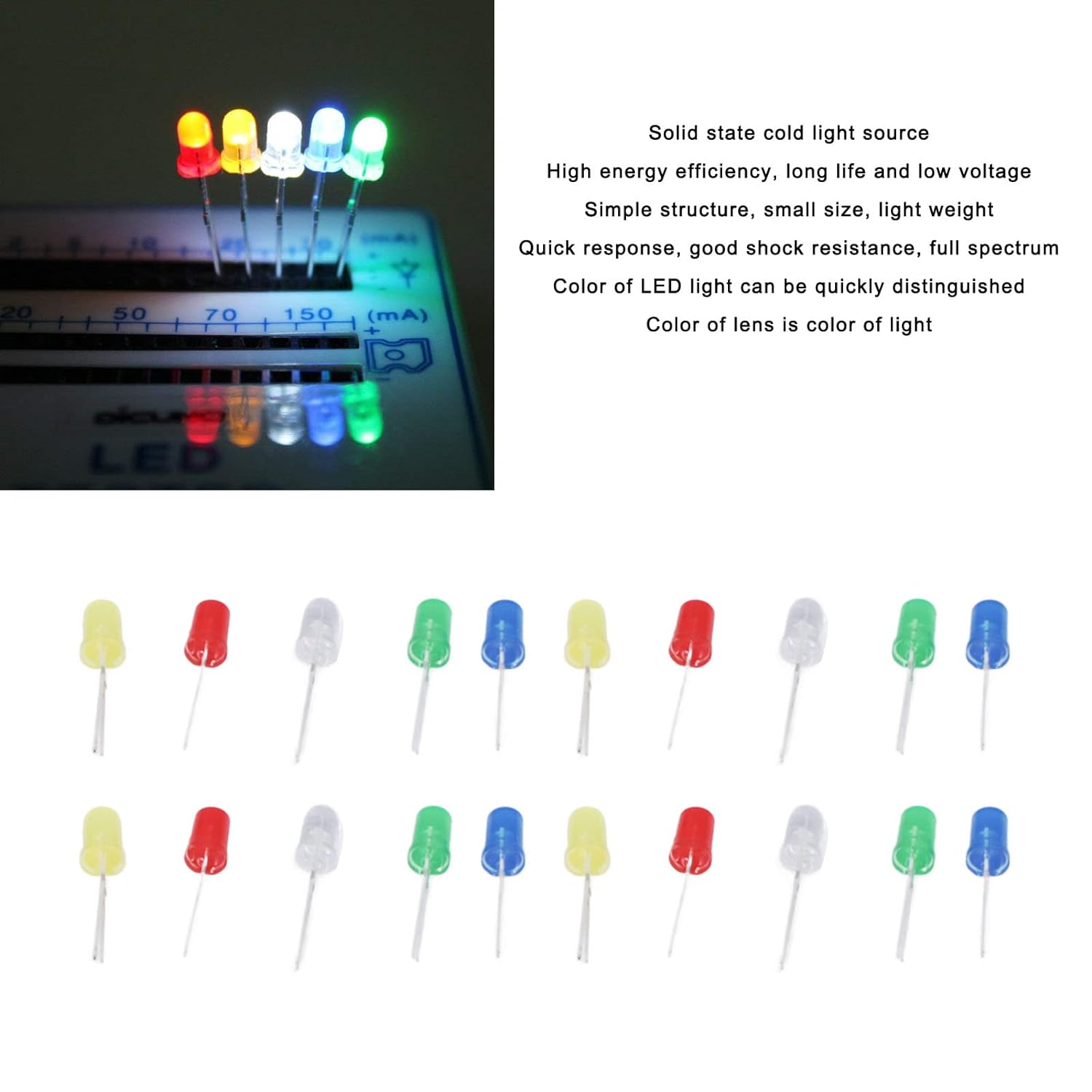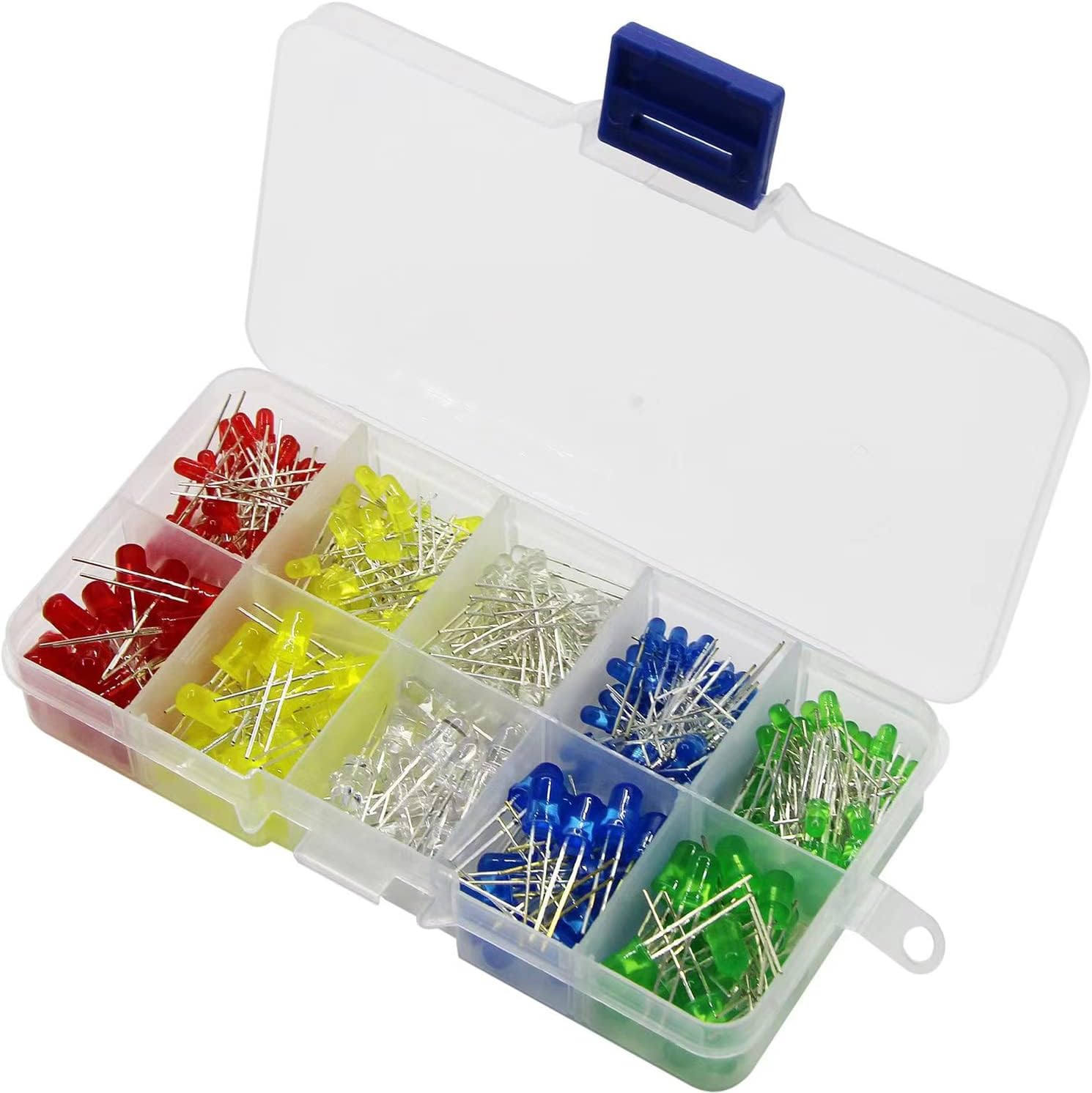Choosing the right LED stage lights involves considering factors such as the type of production, desired lighting effects, budget, and venue size. Start by identifying your specific lighting requirements and understanding the different types of LED stage lights available. Consider factors such as brightness, color options, and beam angle. Take into account the venue size and layout to determine the number and position of lights needed. Finally, compare prices, read reviews, and consult with professionals to make an informed decision.
Lights that steal the show



Understand the Different Types of LED Stage Lights
To understand the different types of LED stage lights, follow these steps:
- Learn about par cans: These lights are commonly used for lighting a specific area on stage and come in different beam angles to create a focused or wide wash of light.
- Explore wash lights: These lights are designed to cover a large area with an even wash of colored light, making them ideal for creating ambiance or highlighting background elements.
- Discover spotlights: Spotlights are narrow, focused lights that can be used to highlight specific performers or objects on stage with a tight beam of light.
- Familiarize yourself with moving heads: These lights are versatile and capable of moving, allowing you to create dynamic and interactive lighting effects like panning, tilting, and changing colors.
Understanding the features and capabilities of these different types of LED stage lights will empower you to choose the right lighting setup for your stage and create the desired atmosphere and effects.



Consider the Venue Size and Layout
Analyze the size and layout of the venue where you will be using the LED stage lights. To determine the type of lights you need, first, consider whether you require broad coverage or focused lighting. For a larger venue with a wide stage and seating area, lights with a wide beam angle, such as 120 degrees, would be suitable. In contrast, for a smaller venue with a narrow stage and limited seating, lights with a narrow beam angle, such as 25 degrees, would offer more focused lighting.
Evaluate the Light Output
To assess the light output of different LED stage lights, follow these steps:
- Look for lights with a high lumen count. Higher lumens generally indicate brighter and more powerful lights.
- Check if the lights have adjustable brightness levels. This feature allows you to customize the intensity of illumination according to the specific needs of your stage.
- Compare the lumen count and brightness adjustment capabilities of different LED lights to ensure they can adequately illuminate the stage.
Remember, prioritizing high lumen count and adjustable brightness levels will help you find LED stage lights that provide optimal illumination for your performances.



Check the Color Options
Consider the Color Options: When choosing LED stage lights, explore the range of color options available. Look for lights that provide a wide selection of colors, encompassing both warm and cool tones. Additionally, prioritize lights that allow you to create customized color combinations. This will help you achieve the desired ambience and enhance the overall stage presence.
Assess the Control Options
To assess the control options for LED stage lights, follow these steps:
- Examine the lights: Look closely at the LED stage lights and determine if there are any buttons, knobs, or sliders on the lights themselves that can be used for manual control.
- Check for a lighting console: Investigate if there is a lighting console available. This console would allow you to control the lights remotely using a control panel or software. Connect the lights to the console to ensure compatibility.
- Research DMX protocols: Explore if the LED stage lights are capable of being controlled via DMX protocols. DMX (Digital Multiplex) is a widely used control protocol in the entertainment industry that allows for more advanced control capabilities.
- Connect the lights: If the lights can be controlled via DMX protocols, connect them to a DMX controller or interface using XLR cables. Make sure the controller or interface is compatible with your preferred DMX control software.
By following these steps, you will be able to thoroughly assess the control options for your LED stage lights and determine the most suitable method for controlling them.
Consider the Power Requirements
Evaluate the power requirements of the LED stage lights by checking the wattage and voltage specifications provided by the manufacturer. Confirm that the venue has enough power outlets available to meet the needs of the lights. If electricity is limited, consider battery-powered options such as LED lights with built-in rechargeable batteries.
Factor in Budget and Quality
Consider your budget and the quality of the LED stage lights. Begin by researching reputable brands that offer a good balance between price and performance. Compare prices and read reviews to ensure you are getting the best value for your money. Remember, it’s important to avoid compromising on quality, as this may result in higher costs in the long run.
Read Reviews and Seek Expert Advice
To make an informed decision when choosing LED stage lights, it is important to read customer reviews and seek advice from lighting professionals. By reading customer reviews, you can gain insights into the performance and reliability of different LED stage lights based on the experiences of other users. Additionally, seeking advice from lighting professionals can provide expert opinions and recommendations to help you select the best lighting solution for your specific needs. By utilizing these resources, you can ensure that you are making a well-informed decision when purchasing LED stage lights.
Making a bright decision
In conclusion, selecting the right LED stage lights may seem like a daunting task, but it can be simplified by considering a few key factors. By understanding the different types, evaluating light output and color options, and assessing control options, you can ensure that your chosen lights will meet your specific needs. Additionally, factoring in venue size and layout, power requirements, and budget will help narrow down the options. Lastly, seeking expert advice can provide valuable insights and guidance. By following these steps, you will be well on your way to choosing LED stage lights that will elevate your stage productions and create breathtaking lighting effects.
Expert Insights
Step-by-step guide to mastering your LED stage lights
- Familiarize yourself with the different types of LED stage lights available, such as wash lights, spotlights, and moving lights. Understanding their functions and features will give you a better idea of how to use them effectively
- Set up your LED stage lights in the desired positions. This may involve mounting them on light stands, trusses, or any other suitable equipment. Ensure that the lights are securely positioned to prevent accidents during performances
- Connect the LED stage lights to a power source or a lighting control system. Most LED stage lights come with standard power cords, while others may require specialized cables. Refer to the user manual or consult an expert if you are unsure about the connection process
- Experiment with different lighting effects and colors. LED stage lights offer a wide range of options, allowing you to create various moods and atmospheres for your performances. Play around with different intensities, angles, and colors to enhance the overall visual impact. Remember to consider the theme or mood you aim to convey with your lighting design
- Control your LED stage lights using a lighting controller or software. Many LED lights can be operated manually with built-in controls, while others may require external control devices. Learn how to adjust settings such as intensity, fading, and strobing to achieve the desired lighting effects
- Remember, practice makes perfect when it comes to using LED stage lights. Don’t be afraid to experiment and get creative with your lighting designs. With time and experience, you’ll become more comfortable and proficient in using LED stage lights to enhance the visual appeal of your performances
Answers to your burning questions about LED stage lights
Are LED stage lights suitable for outdoor performances as well?
Yes, LED stage lights are certainly suitable for outdoor performances. LED technology has made significant advancements in recent years, making it a popular choice for both indoor and outdoor events. LED stage lights provide various benefits that make them ideal for outdoor use.
Firstly, LED lights are highly durable and can withstand different weather conditions, including rain, humidity, and varying temperatures. They have robust housing and are designed to be water-resistant, ensuring reliable performance during outdoor performances.
Secondly, LED stage lights offer excellent visibility and brightness, making them suitable for outdoor settings where natural light is limited. They produce a focused and intense light beam, ensuring that performers are well-lit and easily visible to the audience, even in large outdoor venues.
Moreover, LED lights consume less energy compared to traditional stage lights, making them more cost-effective and environmentally friendly. This is essential for outdoor performances where power sources may be limited or generators need to be used. With LED lights, you can achieve the desired lighting effects while minimizing energy consumption and reducing carbon footprint.
Additionally, LED stage lights provide versatility in terms of color options and special effects. They can produce a wide range of colors, allowing you to create different moods and atmospheres for outdoor performances. LED lights can also be programmed to change colors dynamically, adding a dynamic and vibrant visual element to your outdoor show.
In summary, LED stage lights are indeed suitable for outdoor performances. With their durability, high visibility, energy efficiency, and versatility, they provide a reliable and visually captivating lighting solution for any outdoor event.


